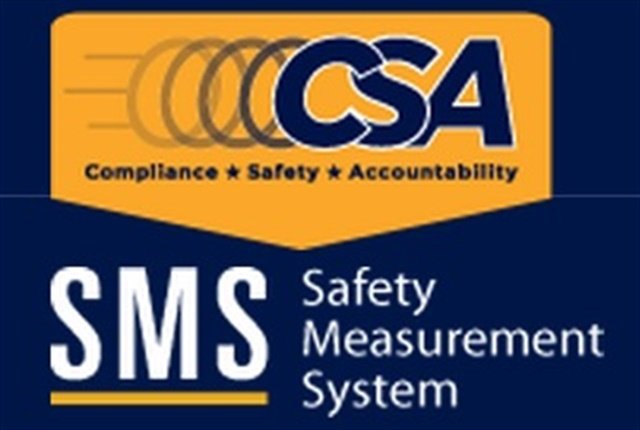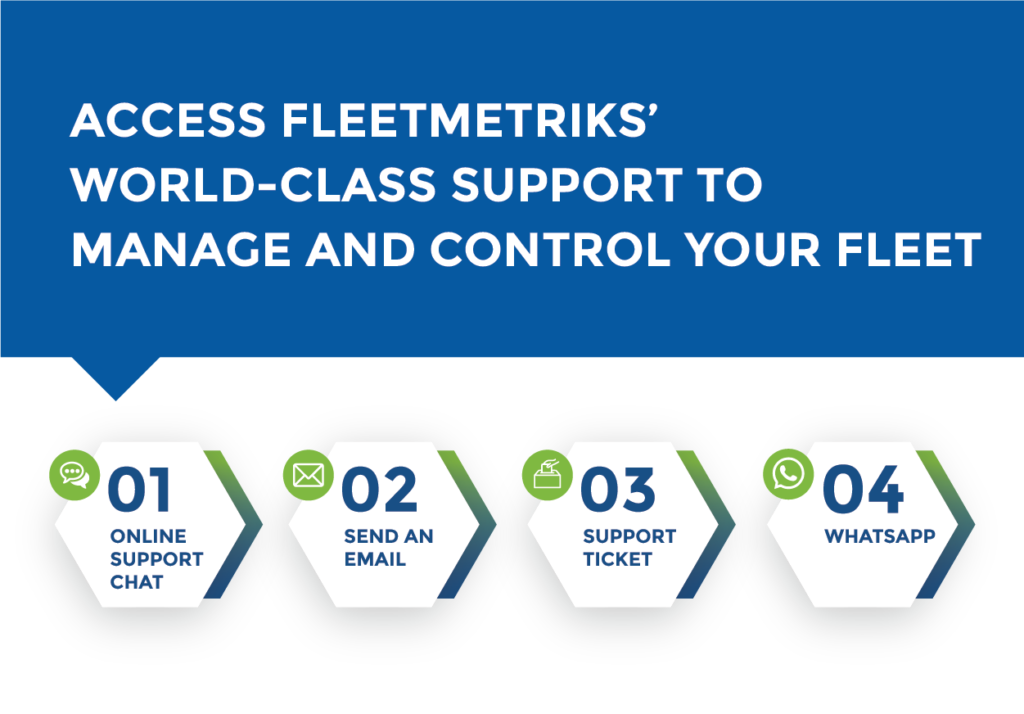RESOURCES
Here you’ll find downloadable guides, blog posts, and
tools to help you take your fleet to the next level.

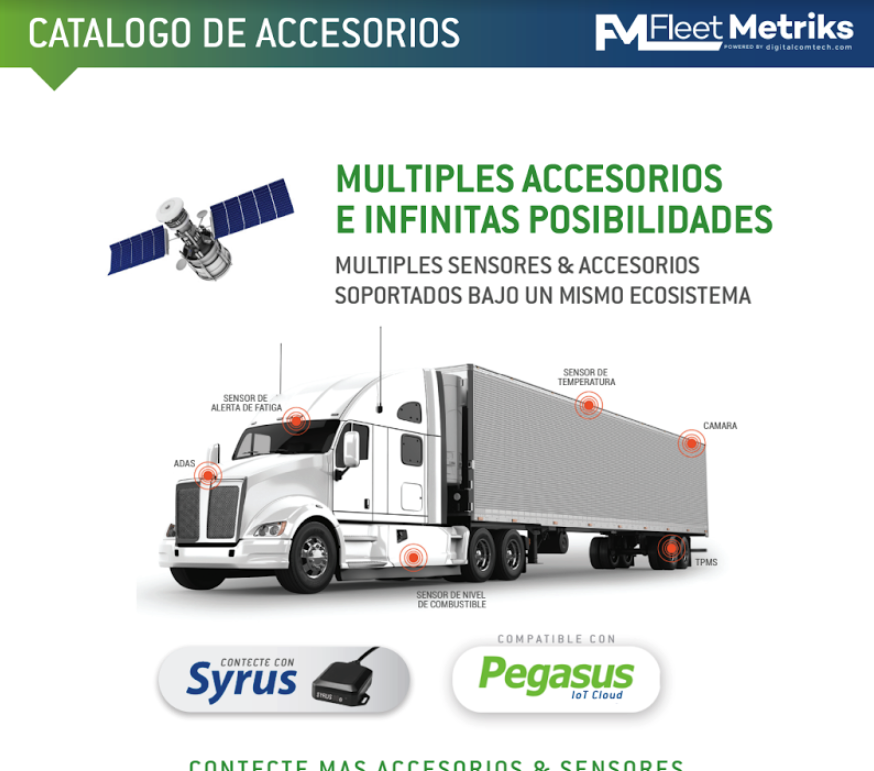
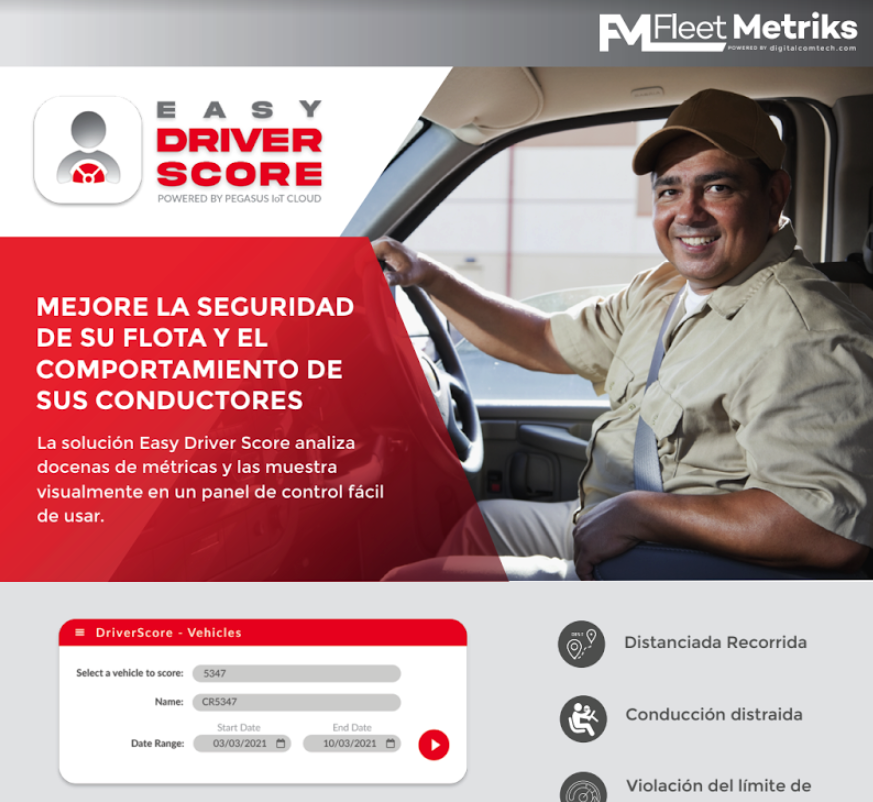
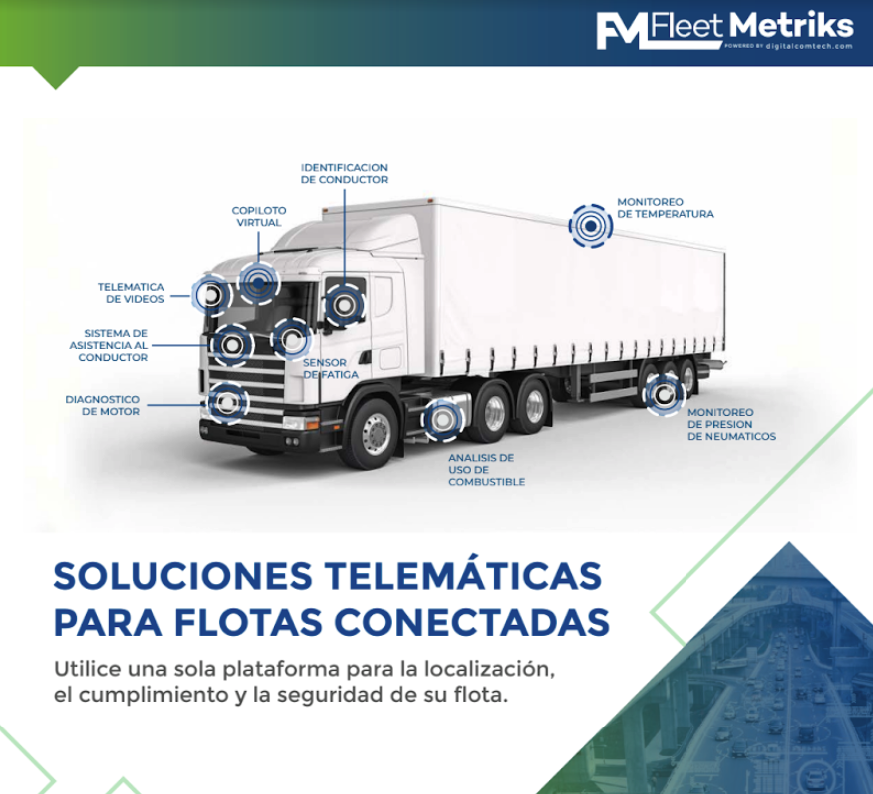
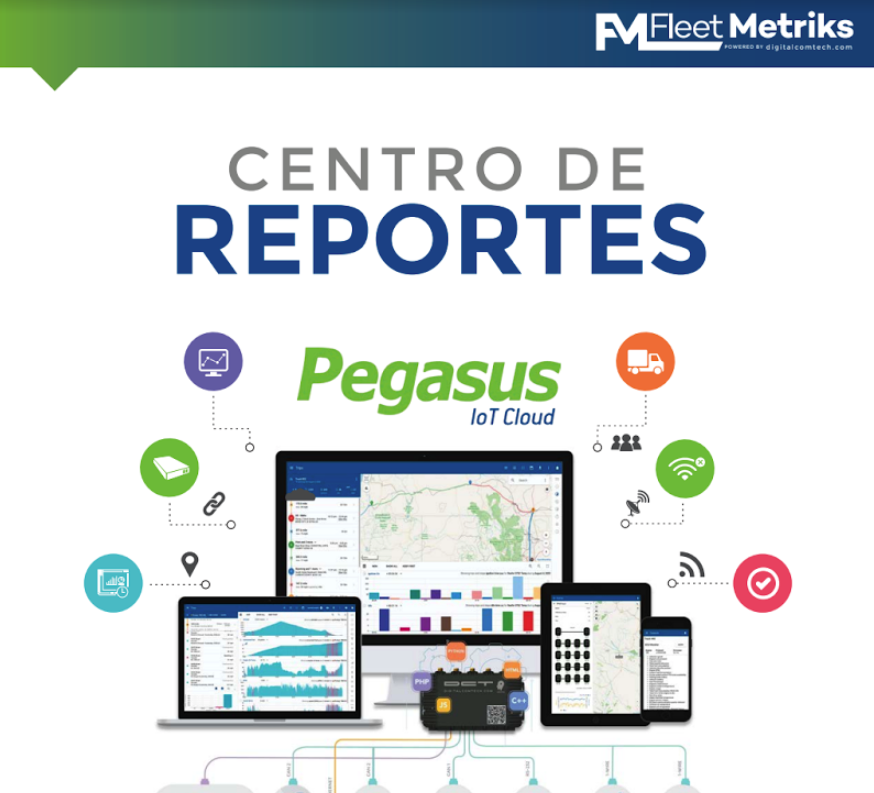
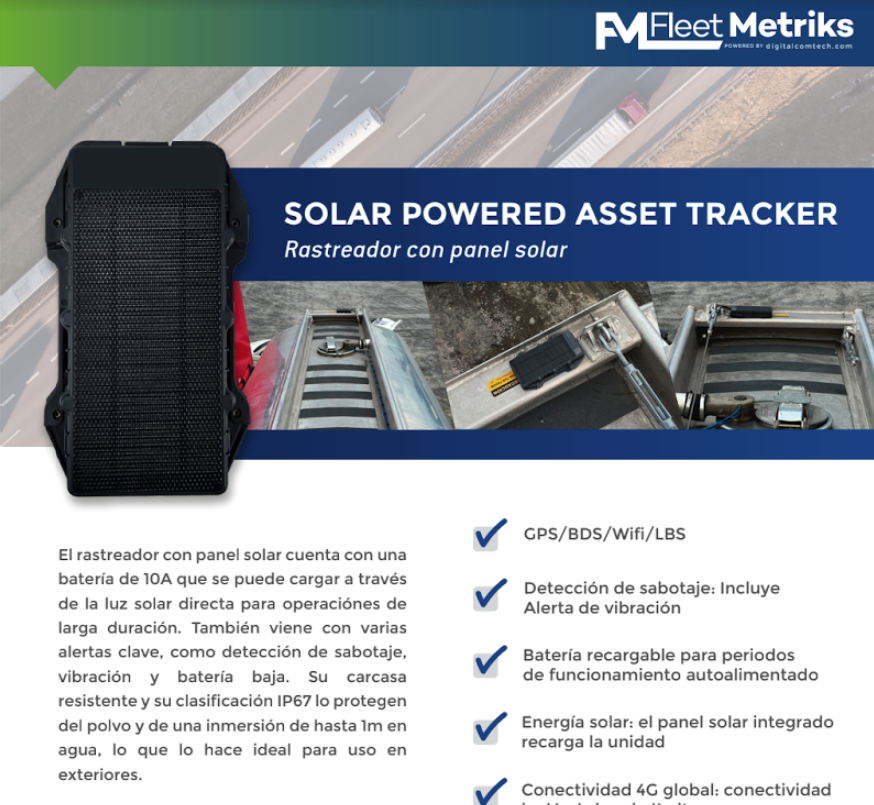
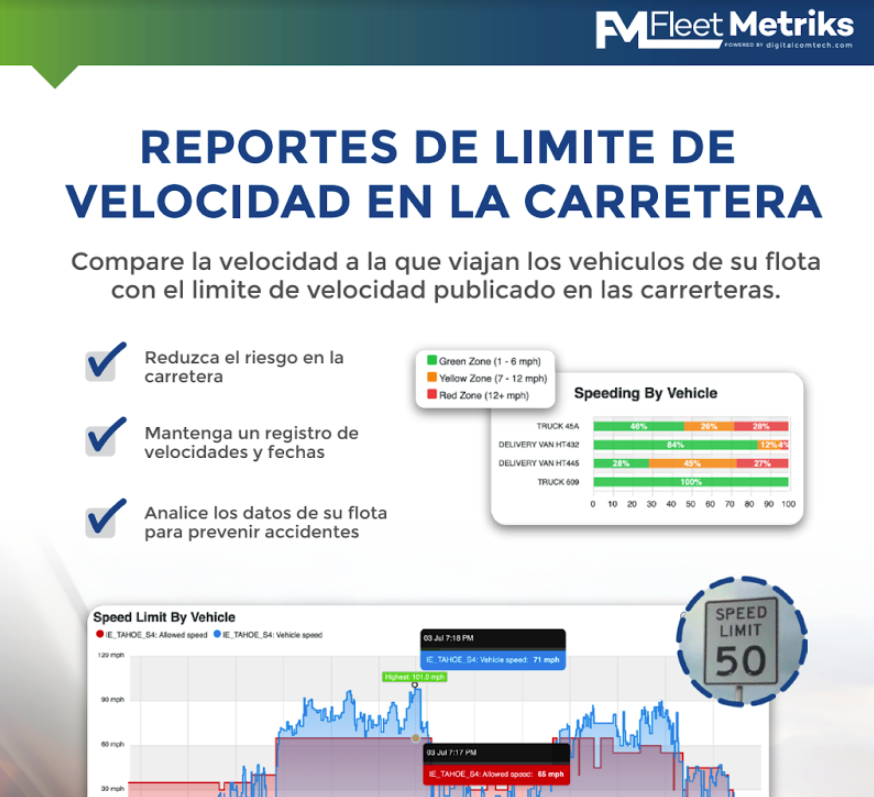
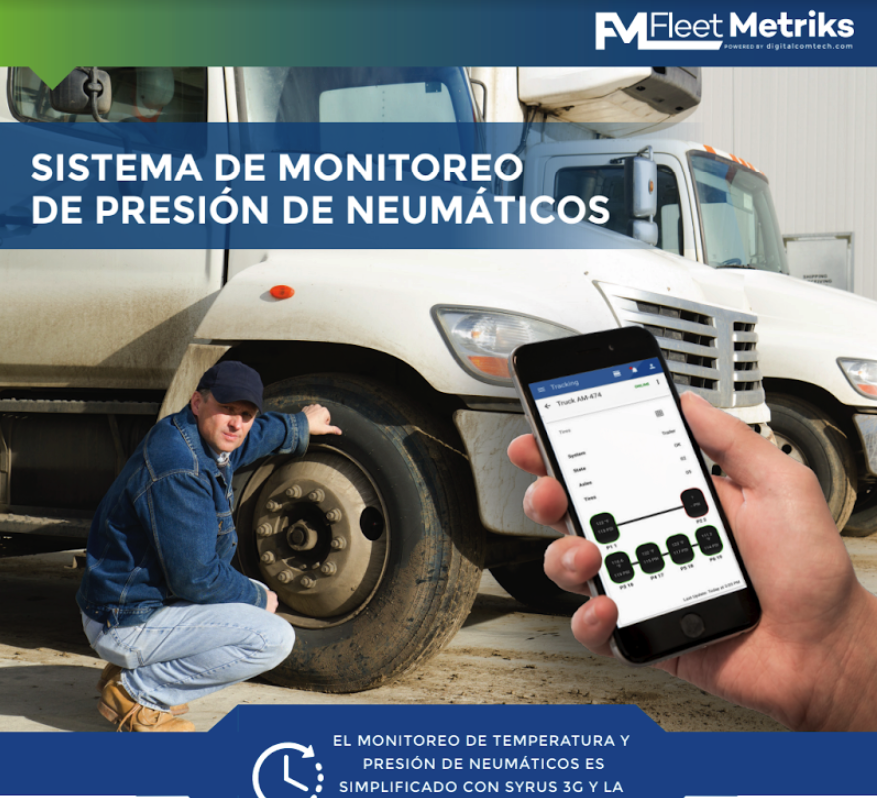
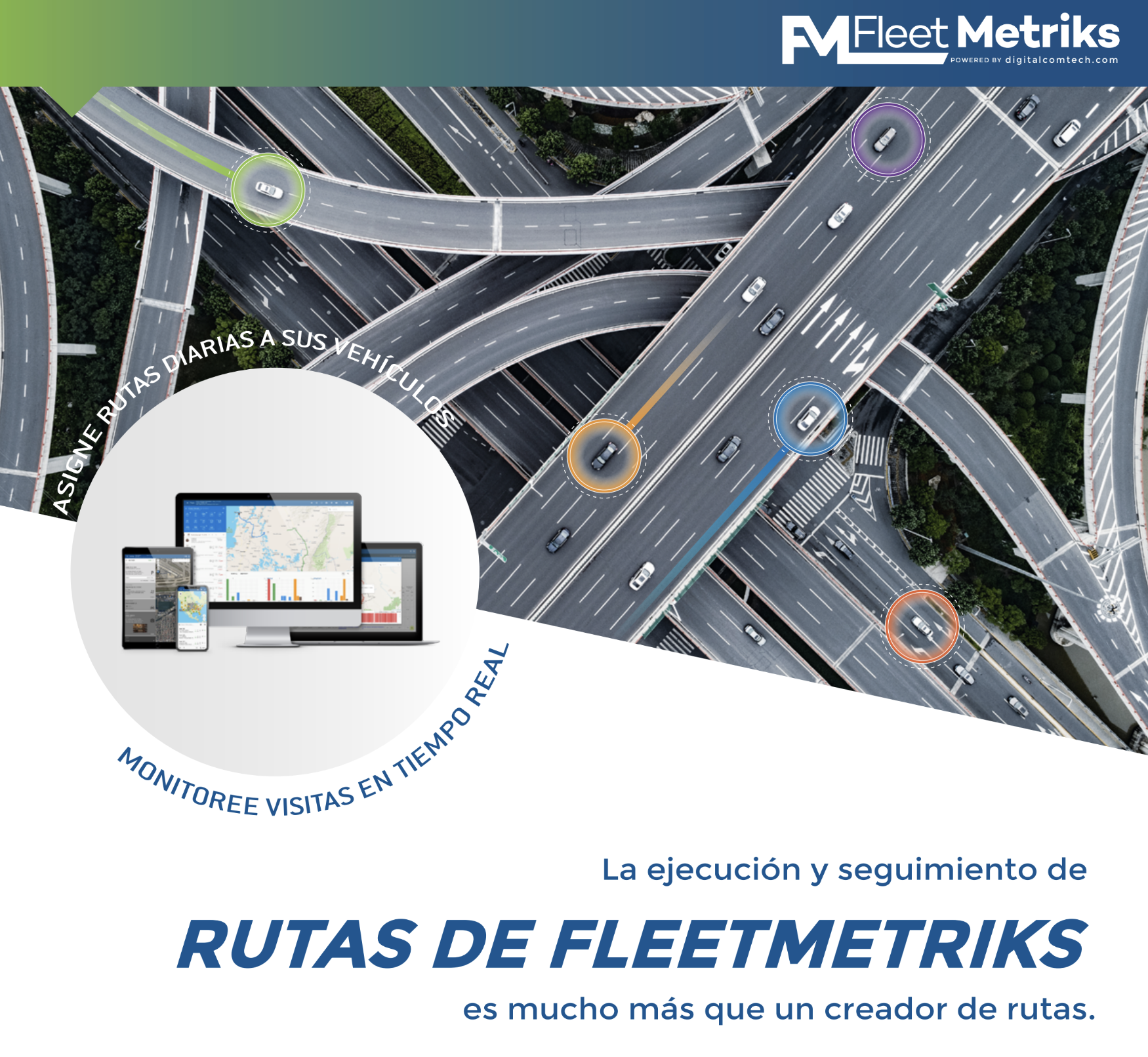
Create stylish call-to-action buttons with Qubely Buttons. Play around with typography, design, border and more. Add animations and personalize it to engage visitors instantly.
Create stylish call-to-action buttons with Qubely Buttons. Play around with typography, design, border and more. Add animations and personalize it to engage visitors instantly.

4 ways to improve your CSA Scores
FleetMetriks’ world-class support
FAQs
Fleet Management Users
This guide is designed to introduce you to Pegasus Platform’s basic functionalities:
Use the in-platform chat feature:
- Log into your platform
- Click on the headset icon in the upper right corner of the top banner to open the chat pop-up
- Type your message in the chat pop-up, hit Enter, and a specialized support team member will connect with you within minutes
- Go to Menu>Organization>Vehicles
- Click the Plus “+” icon, at the bottom right corner of the page
- Type in the name you want for your Vehicle
- At the bottom of the form, Device Association, type in or paste the IMEI of the device you want to associate for your vehicle
- Select your group and then click SAVE.
- Go to Menu>Organization>Vehicles
- At the top of the page, search for the Vehicle you want to change or click on it from the list
- In the Vehicle Name field just make the changes you need then click SAVE
- Go to Menu>Tracking>Vehicles
- Click on the Entities Selection Icon in the left side of the page
- Click on your group, then Click OK at the bottom
- Select your vehicle, then click again to see its live tracking in the map
- Go to Menu>Trips
- Select the vehicle
- Then select Today’s date or a range of days
- Click GET and here is a list of all the trips registered within your date range.
- Letters are Stops and Numbers are the Trips
- Make sure both icons (Stop and Trips) are selected at the bottom
- To see all the events reported in a specific trip click on the > icon at the right side of the trip in the list
- Go to Menu>Reports
- In the search field (top right corner) type in the report name you need
- Select the report by clicking on it
- Select the date or date range you want to report
- Select the group or specific vehicles
- Click on Create on Excel sheet per entity or vehicle (this is optional)
- Select the Time Zone then click GENERATE REPORT
- Go to Menu>Reports
- In the search field (top right corner) type in the report name you need
- Click on the report
- Select the date or date range
- Select the group or specific vehicles
- Click on SCHEDULE REPORT
- Type in the emails of the recipients (users that will get the reports via email)
- Select the Frequency, day of the week and time you need it and the days back you are running the report
- Click on Create one Excel sheet per entity or vehicle (this is optional)
- Select the Time Zone then click GENERATE REPORT
ELD Mandate
Information to help you understand more about the Electronic Logging Device (ELD) mandate:
The ELD Rule was recently published by the FMCSA (Federal Motor Carrier Safety Administration). It is part of an initiative to improve safety on the road while ensuring drivers keep total control over their own Hours of Service (HOS) records. What this means:
– FOR EVERYONE – It mandates who must use an ELD and the timeframe for compliance
– FOR YOU – It outlines how a driver is empowered to keep and certify records to prevent harassment or coercion
– FOR US – It provides ELD solution providers with the technical specifications for how their products must operate to be compliant once the ELD Rule mandate is in effect
There’s a good chance if you keep HOS paper logs today, you’ll need to be compliant with the ELD Rule over time.
As a rule of thumb, those currently using paper logs for HOS should confirm with their governing DOT (Department of Transportation) if the rule applies and understand what it would take to get ELDs in place ahead of the December 2017 mandate to go paperless.
The ELD Rule applies to commercial interstate truckers and bus drivers who meet the requirements based on weight or activity to record duty status information.
There are some exemptions to the electronic log mandate, which include:
- Short-haul drivers
- Driveaway/tow-away operations where the commercial motor vehicle being driven is the commodity
- Drivers that only keep logs for 8 days out of a 30 day period
- Drivers operating vehicles that are older than the model year 2000
An ELD is an electronic logging device used by drivers to create compliant records of duty status. In general, an ELD must be connected with a vehicle’s engine to automate driving status and give a driver the ability to keep their record of duty status (RODS) and easily supply such records to roadside inspectors.
REMEMBER: An ELD does not automatically report your information to the government. Records of duty status (RODS) will still be requested roadside or via standard auditing procedures at the terminal.
PHASE 1 – AWARENESS & TRANSITION PHASE
This phase lasts two years from February 16, 2016, through December 18, 2017. During this time, all carriers and drivers that are subject to the ELD Rule should prepare to comply and consider starting to use ELDs. During this time, however, drivers and carriers can use paper logs, logging software, or AOBRDs for their records of duty (RODS).
PHASE 2 – PHASED-IN COMPLIANCE PHASE
This phase runs from December 18, 2017, to December 16, 2019. During this time, drivers and carriers who are subject to the ELD Rule can use AOBRDs that were installed prior to December 18, 2017, or certified, registered ELDs. Paper logs will no longer be accepted.
PHASE 3 – FULL COMPLIANCE PHASE
After December 16, 2019, all drivers who are subject to the ELD Rule must be using certified, registered ELDs that comply with all ELD regulations.
ELDs can help a driver run e-logs in a much more compliant fashion. By using technology tied to the vehicle and following regulations, drivers can reduce three of the top five finable areas: not having logs or out-of-date logs; driving hours over their daily allowance; and errors.
DCT LogBook can give drivers peace of mind when driving up to an inspection and can get them in and out quickly, and without the potential risk of a fine. That will help reduce violation costs, saving money.
The cost and pricing model will vary by provider, depending on which components are included in an ongoing subscription and which components you own outright. For example:
- Some providers may give you the engine connectivity hardware and ongoing software as a subscription, but give you the flexibility to buy the right devices for your drivers’ needs.
- Some providers may include the driver’s device for an upfront cost or in a higher pricing subscription, but this hardware is often proprietary with less flexibility of how it can be used beyond electronic logging.
To ultimately meet the ELD Rule specifications an ELD solution must provide automated, accurate location information at specified increments, which is best accomplished with a GPS-based solution.
Yes. The ELD Rule accommodates the use of smartphones and other wireless devices as ELDs. DCT LogBook embraces this approach today by utilizing smartphones and tablets for driver interaction with hardware installed in the vehicle
FleetMetriks has years of experience delivering simple and effective solutions to help with compliance for drivers on the road as well as the team back at the home terminal.
FleetMetriks LogBook is an add-on subscription to our Fleet Standard package vehicle tracking solution. Our E-LogBook includes the necessary engine connectivity hardware and installation into your vehicle. It also includes access to web-based software for your office team to view HOS driver status in real-time along with compliance reporting and alerts.
Here is some information about our current LogBook solution:
- The design of DCT LogBook is compliant with Federal 395.15 AOBRD regulations, which will remain in force until December 2019, which is the final ELD Rule compliance mandate deadline
- DCT LogBook is designed with extensibility for future ELD Rule specifications well ahead of the compliance timing requirements with a simple software update for our LogBook users
- Our LogBook connects to a wide variety of mobile devices and works alongside our other mobile applications like Taurus Tracker App to support capabilities like dispatching and navigation
- It minimizes upfront costs and helps ensure you remain compliant today and in the future
We know the value from experience. Because this is important to you, it’s important to us. We are able to recognize how valuable an electronic logging device is to you because of our deep experience with thousands of vehicles over several years. Our mission is to keep our customers’ needs top of our minds to help ensure their operations are compliant and running smoothly.
Our Customers realize the benefits. Having an ELD solution in place can help improve overall compliance and administration. Drivers are able to know their time which prevents them from hitting a violation and solution administrators know which driver is able to take a load, as well as when a violation happens. On top of that, an ELD solution provides an opportunity to reduce paperwork and increase productivity. That means no more file cabinets filled with countless sheets of paper!.
We take it mobile. Our approach to electronic logs is delivered to drivers via mobile devices, which is a big advantage for drivers. Our mobile app approach makes it easy to stay current with changing regulations, like ELD, on a platform your drivers already understand.
If you drive for a living and disregard Federal Motor Carrier Safety Administration (FMCSA) regulations, Hazardous Materials Regulations (HMR), or CDL regulations, well, what exactly does happen?
For starters, fines – and some of them are no joke; they can go into the tens of thousands. And it’s not just the driver who gets the fine in many cases – it’s the owner of the vehicle, or the business, that also gets dinged.
In the case of CDL violations, including careless driving or speeding, drivers may have their license suspended or revoked. For a business, that could mean the loss of an employee.
And don’t forget that a business’s insurance can go up if the insurer deems the business a liability due to excessive tickets or fines – so it’s not just a one-time fee to pay; it’s higher costs over time, too.
If you’re curious just how high the fines can be, you can get more info on FMSCA fines, HMR fines, and CDL fines. And if you’re curious about how you can be confident the business isn’t risking pricey fines and higher insurance costs, it might be time to investigate GPS vehicle tracking.
With near real-time fleet monitoring, management knows what’s going on in the field as it’s happening, meaning problems like speeding or aggressive driving can be nipped in the bud.
A vehicle tracking solution also helps keep track of real-time hours of service (HOS) and sends that information to the office, letting managers alert drivers to help prevent violations before they run out of hours.

